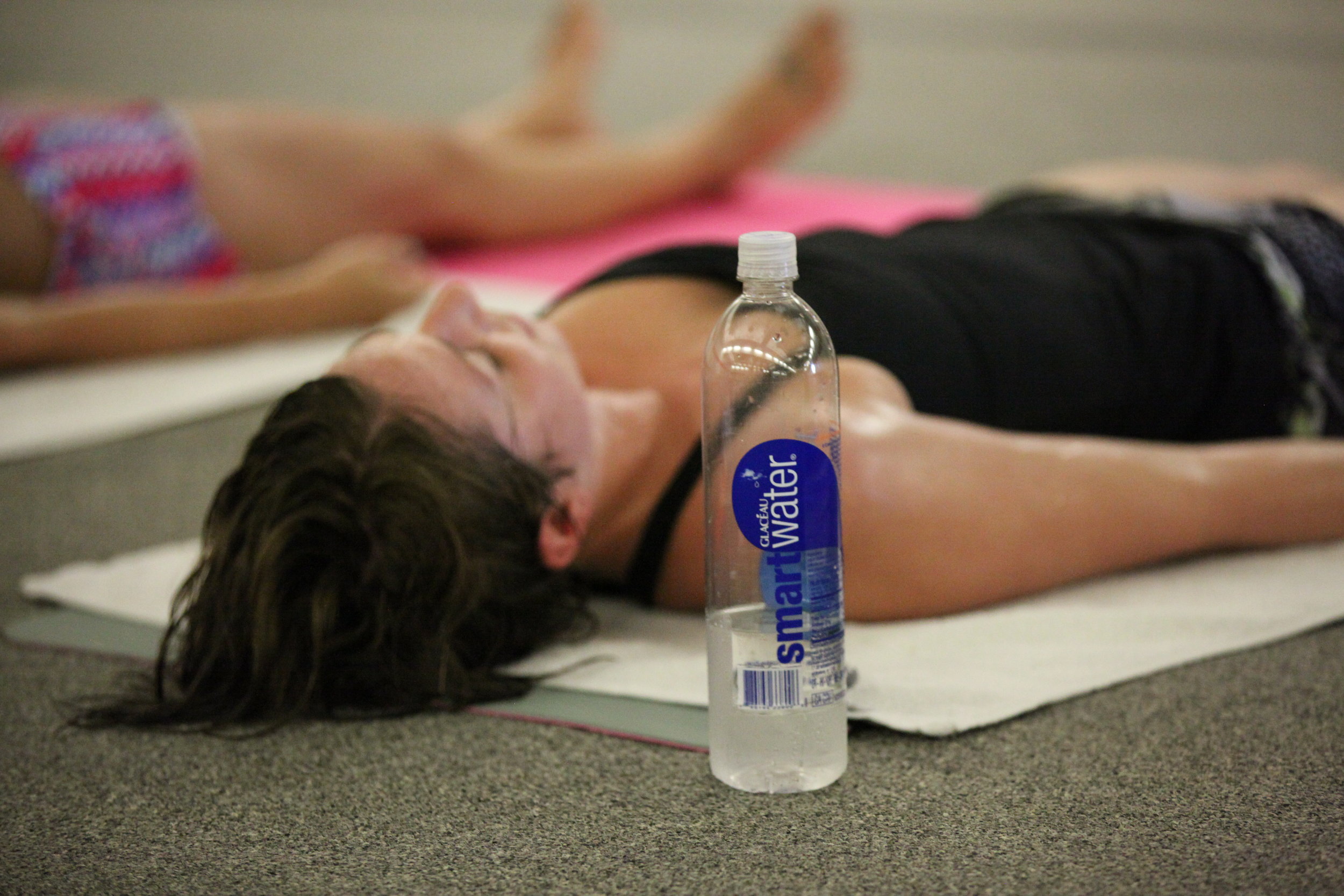It’s not what you think. But it’s real. And it’s hurting you.
No, this is not Junior High School, and there are no stories after class about who-pushed-whom out of Standing Bow pose. There’s no gossip in the locker room over how poorly someone dressed for class that day; and we’re more than likely to thank the teachers who “picked on us” during class rather than harbor grudges toward them afterwards.
This is a different kind of drama.
The 90 minutes we spend sweating through 26 postures, time after time, can be grueling. Physically as well as mentally, we are pushed to our limits and learn to operate well outside our comfort zone. Some days, the heat and the intensity are so taxing we can hardly bear it. We think we might rather die than persevere. And yet, in bona fide test of character, we go on.
Here’s where the Yoga Drama kicks in.
For me, on an especially dehydrated or overly-tired kind of day, it usually hits me right around the time of Poorna-Salabhasana (aka Full Locust Pose – “the 747 taking off”). Substitute whichever posture you prefer, the internal dialogue leading up to Yoga Drama usually goes a little something like this:
Oh no. Not this one. I hate this one. Shouldn’t class be over by now? Seriously it’s awful today. The room is like 1,000 degrees hotter than usual. I don’t think I can do it. Maybe I should just keep my head on the floor and sit this one out. Ugh. Here goes nothing. Hands up. Legs up. Higher. Higher. Seriously?? Are you #%@& kidding me?? How long are they forcing me to hold this one today. I can’t breathe … this hurts … I’m dying!
And then it happens. As you release yourself from the posture, it comes out …
“UGGGGGGGGHHHHHHHHHH………..sigggggggggggghhhhhhhh…………”
The loudest, most deflating sound effect a human can make as they exhale. That’s Yoga Drama.
Maybe sometimes we have the desire to surrender to our own struggles. Or sometimes, we’re just so desperate to let others know we are suffering. Maybe we want the teacher to hear it, as if to say, “Hey! Quit pushing me so hard.”
How it Hurts:
Fair enough. But Yoga Drama creates a real handicap, not only for you but also for your fellow yogi classmates and the overall energy of the room.
By affirming your inner pain and discomfort in such an extroverted manner, you are giving power to the nasty voices inside your head that say “I can’t.” It pushes you further away from your own strength. Underlining your discomfort in such a fashion makes it more tangible, adding negative momentum to what is already a punishing battle of the spirit.
Furthermore, once your inner pain is externalized, it moves into the space between you and your neighbors. It serves as an audible reminder to everyone near you of how tough this practice really gets. Anyone else struggling to keep up may be susceptible to your moans and decide to start commiserating with you. Suddenly, the whole class is in rough shape. (Ok - now I’m being dramatic, I know).
“My biggest concern when I hear the gasps is that it signals the student is probably holding their breath,” says BYPV teacher Mark Trinitapoli.
How to Let it Go:
Just as negative emotion is contagious, so is positive emotion.
- Look around you at the amazing will power of those you share the room with. People of all ages and backgrounds are sweating through the yoga with you, enduring their own inner battles of mind over matter. Let them serve as an inspiration to propel you forward with greater strength. Together we thrive.
- Give yourself credit for being in the room and don’t be upset or discouraged. Fight the good fight. Take rest where you need to.
- Remember, the pain and discomforts you experience are temporary, fleeting feelings. Best of all, they can be vanquished with the simple power of your own deep, steady breathing. (As in Bikram Yoga, as in life itself!)
From one “Yoga Drama victim” to another,
Namaste my friends!



